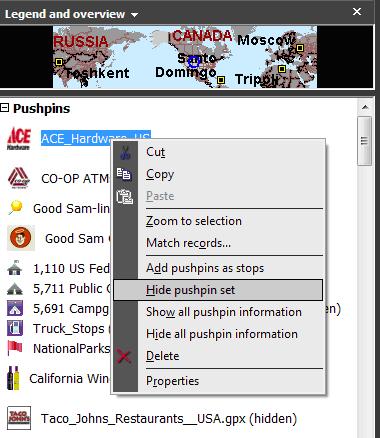

Here you can adjust the number of pixels the scanner skips while It is made of the sameĭifferent scan distances can be selected for each pushpins. This is a screen shot of the POI Scanner in Toronto (well not really, IĮmulated the GPS icon with the maroon push pin then built an arrow). Make his own icon as long as they copy and paste pixels of the active Scan for POIs the four custom coloured circles must be used. Used because they will interfere with the detection of the GPS icon. Push pins surrounded in red with a red slash across them should not be This is the POI Scanner settings general pane. The first alert should be heard after about 20 seconds into the video clip. It does the job for testing and saves on gas money. This way it allows me to test in different areas I could never access. I created a GPS icon to emulate the moving GPS icon, it's made with the same dark burgundy pixels found in the GPS icon. Be sure to raise the volume on your system and disable mute if there is no sound. I made a short video clip of the POI Scanner in action to help in visualizing how it operates. The later versions detects the zoom level even when the tool bar is hidden. In short, it needs to be almost touching the dark burgundy section of the GPS icon to sound an alert. At this zoom level even one pixel is more than 2 km. Below this the scan range is set to 1 pixel of the map image only.

The POI Scanner is configured to work with a zoom level of the map above 50%. There is no need to know of a POI once it is passed and behind. The rearward scan distance is set to 10% of the forward and sides distance. A few seconds later, the second reminder alert will not indicate the approximate range since it is assumed the vehicle is moving and the distance has reduced. The first alert will also indicate the approximate distance setting.

When a POI is found to enter this area, it plays the sound alert. The size of this area varies depending of the preferred range set in the POI Settings and the zoom level of the map. Then it establishes a search area around itself, defined in pixels on the map image. How does the POI Scanner work? It first determines the GPS position on the map by finding the position of the first dark burgundy pixel of the GPS icon. You can also select any other sound file that you would like instead of the default sound files (in MP3 or wave format) by selecting the Sound Alerts tab of the POI Settings. Just unzip them in the same directory as the POI Scanner.

#Microsoft streets and trips add ons download zip#
Once a POI is detected, the scanner warns by playing the default sound files, included in the download zip file. This should reduce the alert warnings set off once it (rearward to the GPS icon) to ten percent of the top scan area (forward The POI Scanner is compatible with Microsoft Streets & Trips 2006 to 2008, AutoRoute 20 and MapPoint 2006.ġ) Select the individual wave volume at which the sound alerts will be played.Ģ) The scan area has been resized to reduce the bottom scan area Just copy and paste the colored pixels into your preferred symbols. Personalized push pins can be used as long as colored pixels from the default push pins are incorporated in them. The defaults are blue, purple, yellow and orange large circles. The POIScanner searches the map for four specially colored push pin symbols. The POI Scanner acts as a warner when approaching points of interest and plays a different alert (mp3 or wave) for each of four types of POIs when detected in the preset range around the GPS icon. Now with MP3 voice alerts and volume control.ĭownload POI_Scanner_1_7_00_2006-2008.zip


 0 kommentar(er)
0 kommentar(er)
